Can Indian Army Officers Salute in Civilian Clothing? Here's What the Official Protocol States
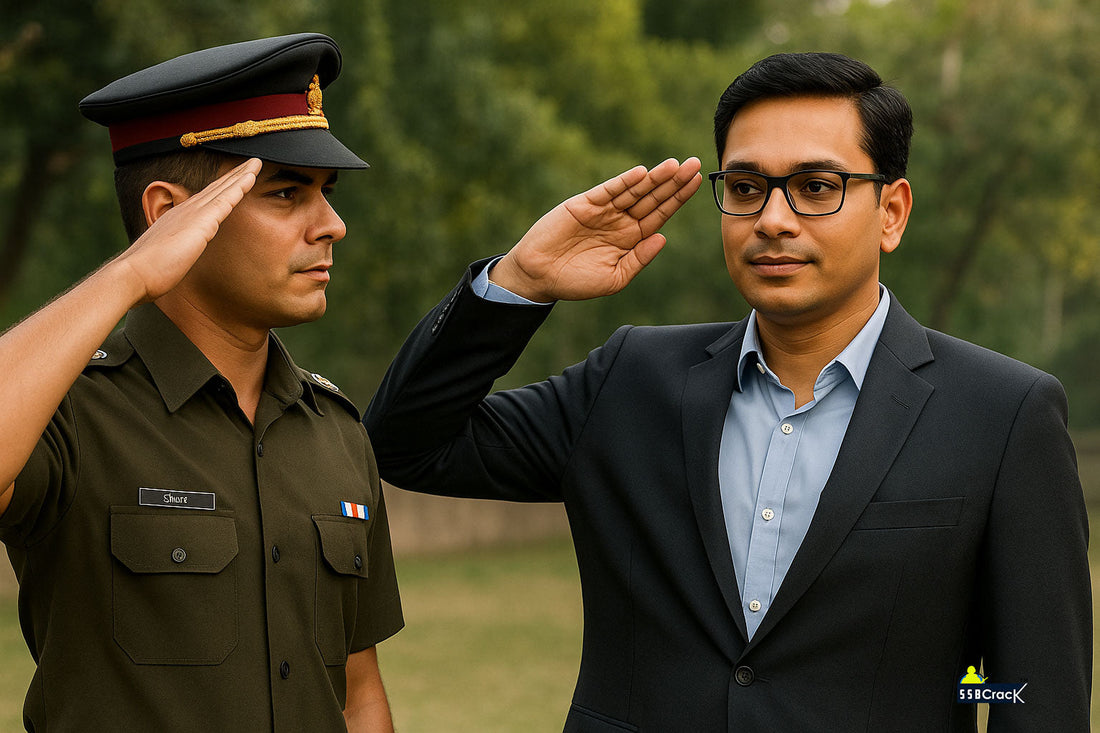
The salute is a cornerstone of military tradition, embodying respect, discipline, and the hierarchical structure of the armed forces. In the Indian Army, saluting is a formal gesture that signifies acknowledgment of authority, camaraderie, and patriotism. However, a common question arises: Can an Indian Army officer salute while in civilian clothing, and what do the official rules and customs dictate? This article delves into the Indian Army’s regulations, customs, and practical scenarios to provide a comprehensive understanding of saluting in civil dress.
The Importance of the Salute in the Indian Army
The salute is more than a gesture in the Indian Army; it is a symbol of military ethos. Performed by raising the right hand to the forehead with the palm facing downward, the salute is used to:
- Show respect to senior officers, reflecting the chain of command.
- Honor national symbols, such as the Indian flag, during ceremonies like flag hoisting or lowering.
- Pay tribute to fallen comrades during funerals or memorial services.
- Foster a sense of unity, discipline, and professionalism among personnel.

Saluting is intrinsically linked to the military uniform, which represents the officer’s role and the institution’s authority. But what happens when an officer is in civilian attire? Does the obligation to salute persist, or are there different protocols? Let’s explore the Indian Army’s rules and customs on this matter.
Also Read: Meet Lieutenant Punit Mankotia: From Naib Subedar to Officer in the Indian Army

Indian Army Regulations on Saluting
The Indian Army’s protocols for saluting are outlined in the Ceremonial and Other Instructions for the Indian Army, supplemented by internal directives and long-standing customs. These guidelines provide clarity on when and how saluting is performed, including provisions for personnel in civilian clothing. Below is a detailed examination of the rules:
1. Saluting in Uniform
In the Indian Army, saluting is mandatory for officers and soldiers in uniform under specific circumstances:
- When greeting a senior officer, typically one of higher rank, as a sign of respect.
- During ceremonial occasions, such as parades, flag hoisting, or lowering of the national flag.
- When passing by or addressing a superior officer in an official setting, such as on a military base.
- During formal events like court-martials, inspections, or guard duties.

The uniform is a critical element in this context, as it visibly identifies the individual as a member of the Indian Army, making the salute a formal and recognizable act of military courtesy.
2. Saluting in Civil Dress
The Indian Army’s regulations do not explicitly require officers to salute when in civilian clothing. The rationale is that the salute is a military gesture tied to the uniform, which symbolizes the wearer’s active role within the military framework. Key points include:
- No Mandatory Saluting: Officers in civilian attire are generally not required to render a hand salute to senior officers, national symbols, or during ceremonies. The absence of the uniform removes the formal military context, and saluting is not expected.
- Alternative Courtesies: Instead of a salute, officers in civilian clothing are expected to show respect through other means, such as verbal greetings (e.g., “Good morning, sir/ma’am”), standing at attention, or removing headgear during ceremonial occasions like the national anthem or flag hoisting.
- Receiving Salutes: If a soldier in uniform salutes an officer in civilian attire (e.g., recognizing them as a senior officer), the officer is not required to return a hand salute. A verbal acknowledgment, nod, or polite gesture is considered sufficient and appropriate.
3. Ceremonial and Exceptional Contexts
While saluting in civilian clothing is not mandated, certain situations may call for alternative gestures of respect:
- Flag Ceremonies: During flag hoisting, lowering, or other patriotic events, officers in civilian attire are expected to stand at attention, face the flag, and, if wearing headgear, remove it as a mark of respect. Saluting is optional and not required.
- Funerals and Memorials: At military funerals or memorial services, officers in civilian clothing may choose to salute as a personal gesture of respect for the deceased, though standing at attention is the standard practice.
- Official Military Events: When attending events like parades or inspections in civilian attire (e.g., due to being on leave or retired), officers typically show respect through non-saluting gestures, such as standing upright or offering verbal courtesies.
4. Practical Scenarios
In day-to-day situations, the following practices are observed:
- Encountering a Senior Officer: If an officer in civilian clothing meets a senior officer in uniform, a verbal greeting or respectful nod is sufficient. For example, saying “Jai Hind” or “Good evening, sir” is a common way to acknowledge seniority without saluting.
- Interactions Between Officers in Civilian Attire: When both officers are in civilian clothing, military courtesies like saluting are generally not observed, as the formal military context is absent.
- Military Installations: On military bases, officers in civilian attire are expected to adhere to local customs, such as standing at attention during reveille or retreat, but saluting remains optional.
Also Read: What are the Power and Duties of Subedar Major SM Sahab?
Customs and Traditions in the Indian Army
Beyond written regulations, the Indian Army’s customs play a significant role in shaping behavior. These unwritten norms, rooted in tradition and regimental pride, often guide officers’ actions in ambiguous situations. Key customs related to saluting in civilian attire include:
- Regimental Variations: Different regiments or units may have unique traditions. For example, some units emphasize verbal greetings like “Jai Hind” as a universal sign of respect, regardless of attire.
- Personal Discretion: Officers may choose to salute in civilian clothing during highly symbolic moments, such as paying respects at a war memorial, as a personal expression of pride and respect. However, this is not a requirement but a matter of individual choice.
- Cultural Context: In India, respect for authority and national symbols is deeply ingrained. Officers in civilian attire often go beyond minimum requirements to demonstrate patriotism, such as standing at attention during the national anthem, even in public settings.
Historical Context of Saluting in the Indian Army
The tradition of saluting in the Indian Army has its roots in British military practices, as the Indian Army was shaped by colonial influences before independence in 1947. The salute, derived from medieval European customs where knights raised their visors to show peaceful intent, evolved into a formal gesture of respect. Post-independence, the Indian Army retained many of these traditions while infusing them with national pride, such as the use of “Jai Hind” as a greeting.
The emphasis on the uniform as a prerequisite for saluting reflects the Indian Army’s focus on discipline and institutional identity. Civilian attire, by contrast, places the officer in a non-military context, where formal military courtesies are secondary to general respect and civility.
Practical Considerations for Officers
While regulations provide a framework, officers must navigate real-world scenarios with judgment and situational awareness. Here are some practical considerations:
- Military Installations: When visiting bases or cantonments in civilian clothing, officers should be mindful of local protocols. For example, standing at attention during flag ceremonies is a universal expectation, even without a salute.
- Public Events: In public settings, such as Independence Day or Republic Day celebrations, officers in civilian attire should follow civilian norms (e.g., standing during the national anthem) while maintaining military decorum.
- Interactions with Subordinates: If saluted by a soldier in uniform, an officer in civilian clothing should acknowledge the gesture politely, typically with a verbal response or nod, to maintain camaraderie and respect.
- Retired Officers: Retired officers, who often attend military events in civilian attire, are not required to salute but may do so during solemn occasions as a mark of respect, especially at memorials or funerals.
Comparison with Global Practices
While this article focuses on the Indian Army, it’s worth noting how other militaries handle saluting in civilian attire for context:
- U.S. Army: Per Army Regulation 600-25, saluting is not required in civilian clothing, but veterans and out-of-uniform personnel may salute the flag during ceremonies as a voluntary gesture, following a 2008 legislative change.
- British Army: Similar to the Indian Army, saluting is tied to the uniform, and officers in civilian attire use verbal greetings or other courtesies.
- Other Armies: In most militaries, including those of Russia, China, and NATO countries, saluting is primarily a uniformed act, with civilian attire exempting personnel from this requirement.

Conclusion
In the Indian Army, the act of saluting is a powerful symbol of respect and discipline, but it is closely tied to the military uniform. Officers in civilian clothing are not required to salute senior officers, national symbols, or during ceremonies, as per the Ceremonial and Other Instructions for the Indian Army and established customs. Instead, they are expected to show respect through alternative means, such as verbal greetings, standing at attention, or removing headgear. While officers may choose to salute in certain solemn or ceremonial contexts, this is a personal gesture rather than a regulatory requirement.
Understanding these rules and customs ensures that officers maintain the Indian Army’s high standards of professionalism and respect, whether in uniform or civilian attire. By adhering to these protocols, officers uphold the values of “Jai Hind” and the proud traditions of the Indian Army, even when out of uniform.
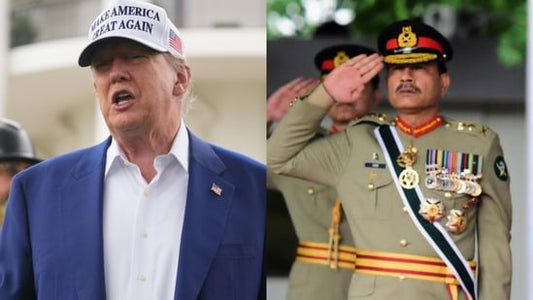
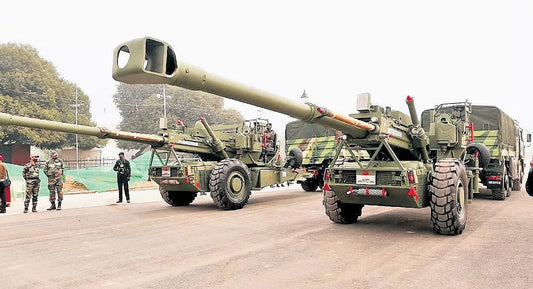
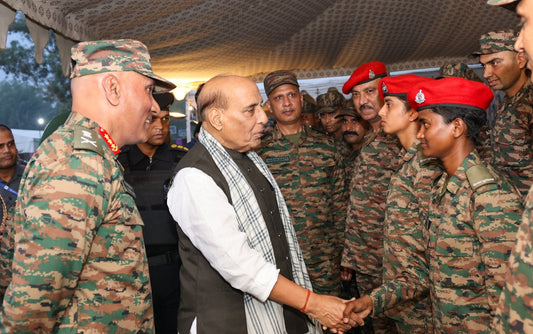









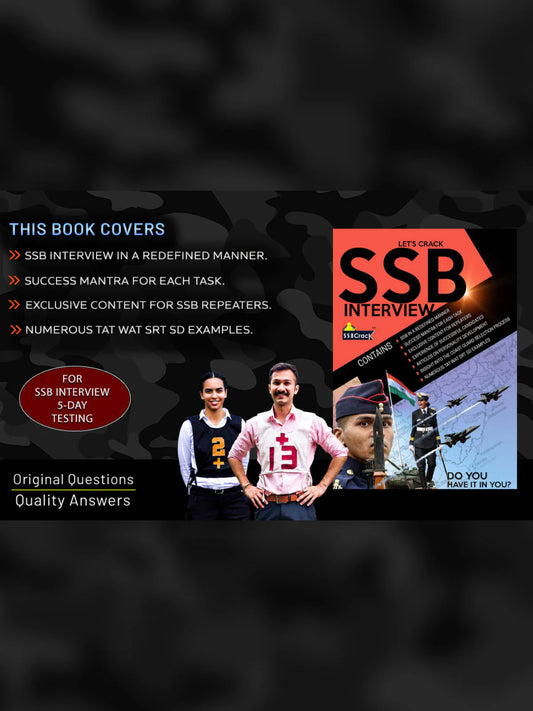
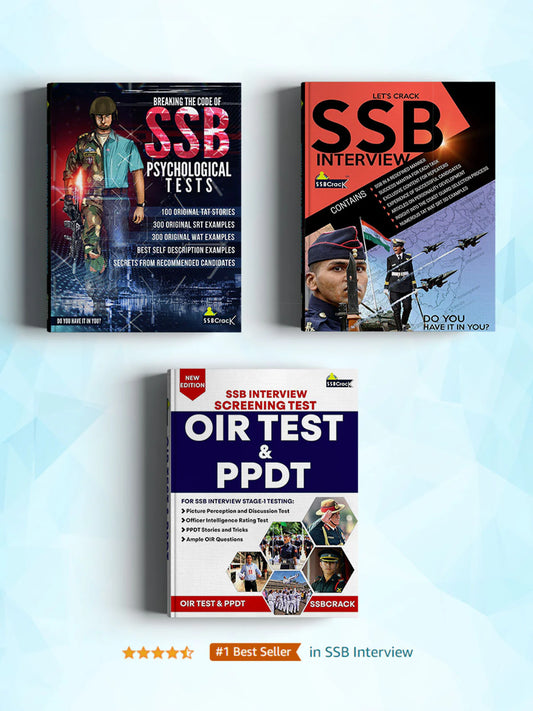
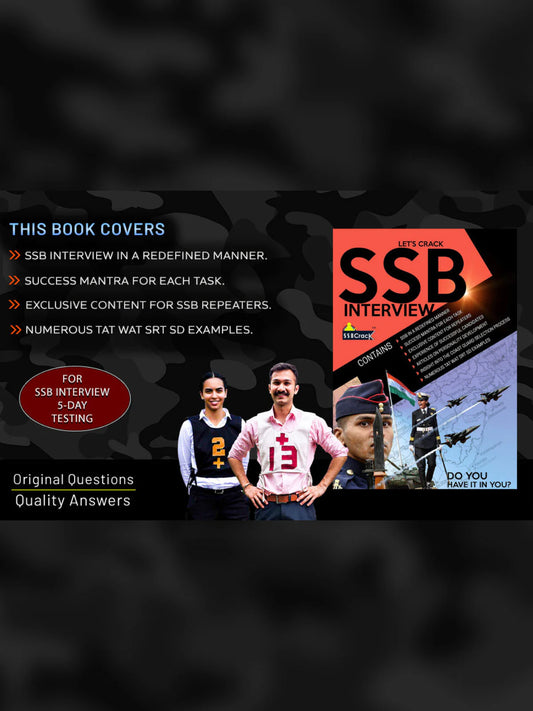
![Let's Crack SSB Interview Book [Paperback]](http://shop.ssbcrack.com/cdn/shop/files/ssb-books.webp?v=1736351621&width=533)
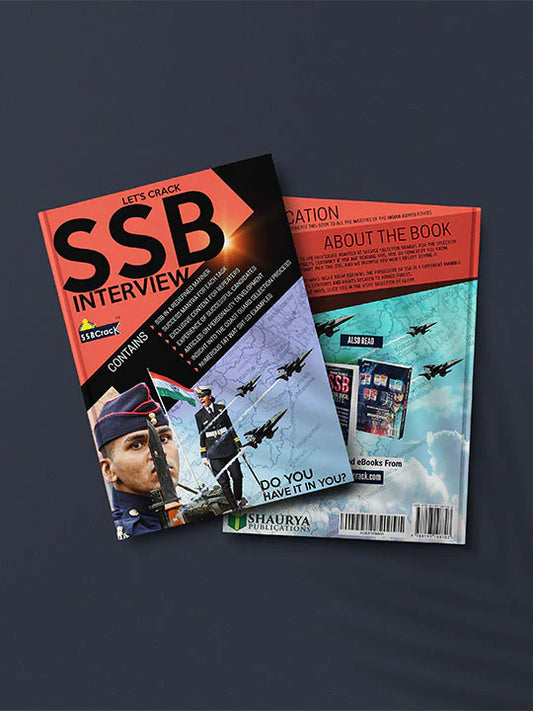
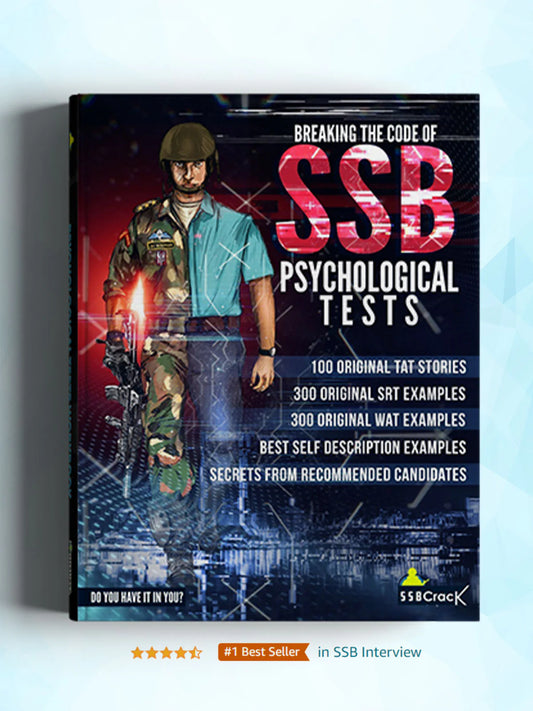
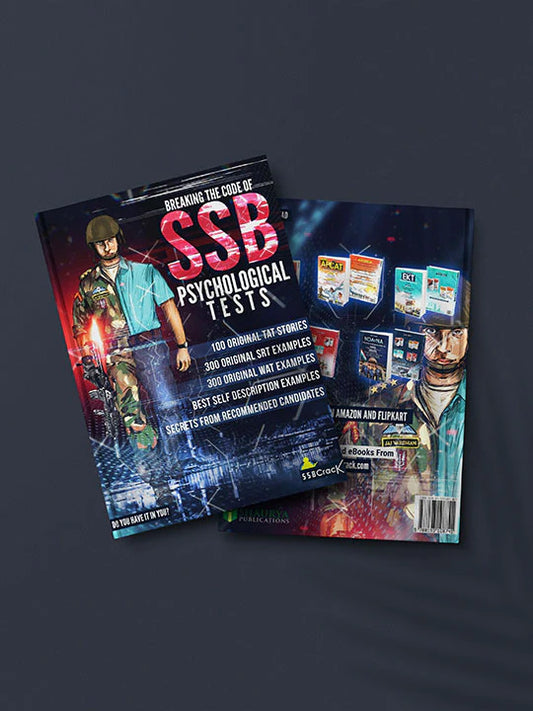

2 comments
Venkata Rao
When in NCC we were told that the Salute is an outward show and inner respect.